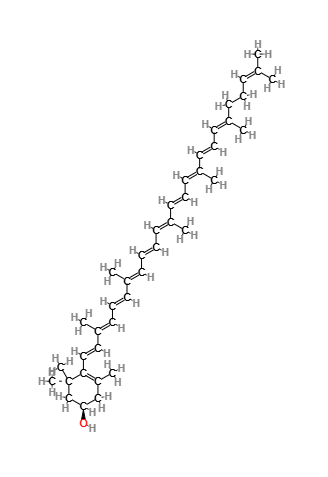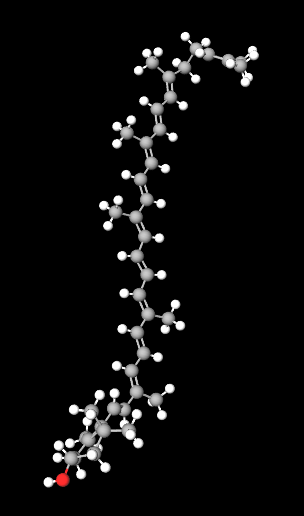Rubixanthin is a chemical compound, a synthetic dye with carotenoids (fat-soluble organic pigments responsible for the colouring of different fruits and vegetables) and is known as CI 75135.
Chemical Name
Chemical Industrial Synthesis Process
- Preparation of reagents. The main raw materials include natural sources rich in rubixanthin, such as hawthorn berries or other colorful fruits, and organic solvents such as ethanol or hexane.
- Harvesting and cleaning. The raw materials are harvested and cleaned to remove impurities and debris.
- Drying. The cleaned raw materials are dried at controlled temperatures to reduce moisture content and facilitate carotenoid extraction.
- Extraction. The dried raw materials are treated with a suitable solvent (ethanol, hexane, or a solvent mixture) to extract the carotenoid compounds, primarily rubixanthin. Extraction can be done through maceration, infusion, or solvent extraction.
- Filtration. The extracted mixture is filtered to remove solid residues and obtain a clear coloring solution.
- Concentration. The coloring solution is concentrated through vacuum evaporation to reduce the volume and increase the concentration of carotenoids.
- Purification. The concentrated solution may be further purified using techniques such as chromatography to remove unwanted impurities and improve the color quality.
- Stabilization. The purified coloring is stabilized with antioxidants like BHT (butylated hydroxytoluene) to prevent oxidation and maintain color stability during transportation and storage.
- Drying. The purified product is dried at controlled temperatures to obtain a fine rubixanthin powder.
- Quality control. The rubixanthin undergoes rigorous quality testing to ensure it meets standards for purity, color intensity, and safety. These tests include chemical analysis, spectroscopy, and microbiological testing.
What it is used for and where
Rubixanthin (CI 75135) is a fat-soluble red-orange pigment used to impart color in various cosmetic products. As a carotenoid, it has effective antioxidant properties that protect cells from oxidative damage caused by free radicals. It is used in cosmetic formulations, particularly in makeup and skincare products, where it enhances visual appearance and contributes to skin protection. Its ability to filter blue light also makes it useful as an ingredient in sunscreen creams and other protective products.
Cosmetics
Restricted cosmetic ingredient as IV/112 a Relevant Item in the Annexes of the European Cosmetics Regulation 1223/2009. Substance or ingredient reported:
Colorant. This ingredient has the function of colouring the solution in which it is inserted in a temporary, semi-permanent or permanent manner, either alone or in the presence of the complementary components added for colouring.
Molecular Formula C40H56O
Molecular Weight
CAS 3763-55-1
EC number 230-636-6
UNII 0PWJ89032Q
DTXSID601027441
Synonyms:
Rubixanthin
Natural yellow 27
E161d
CI 75135
![]() Rubixanthin
Rubixanthin 



